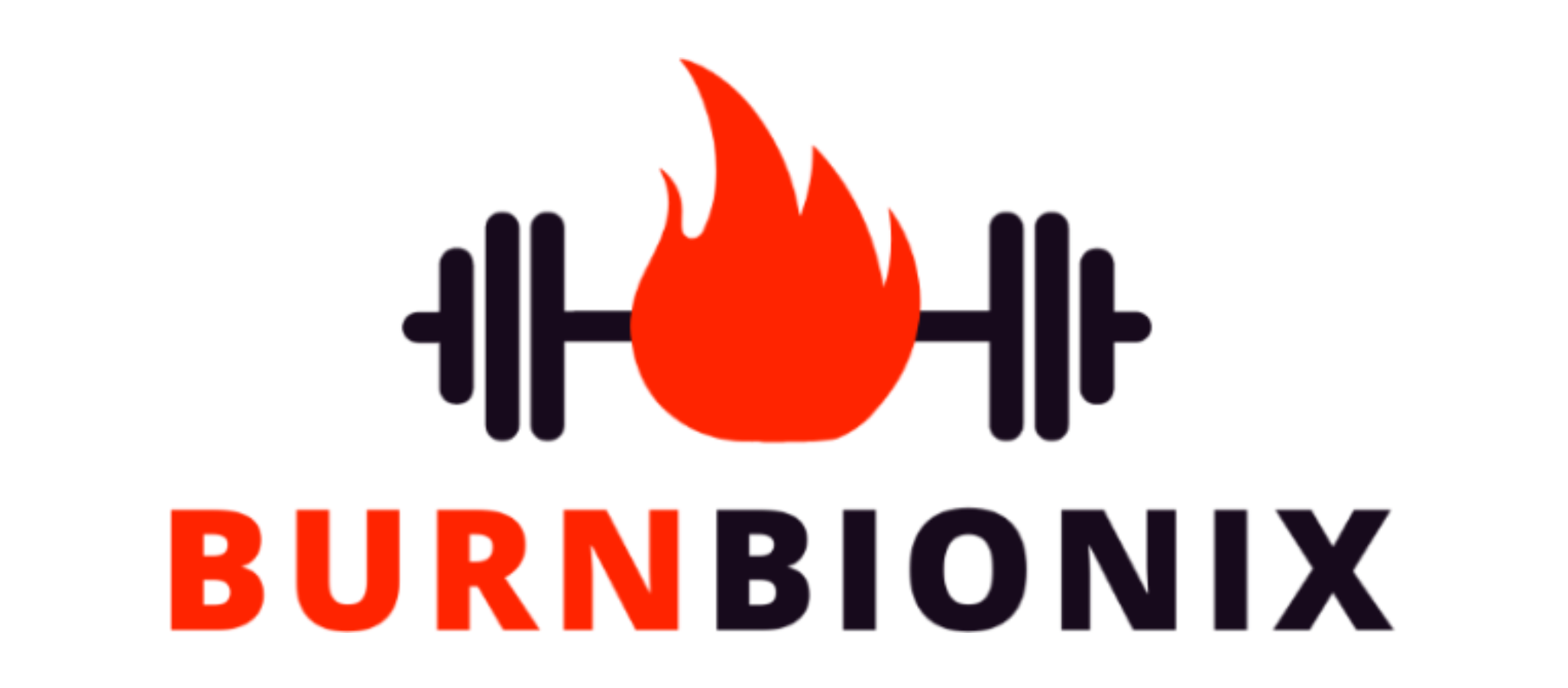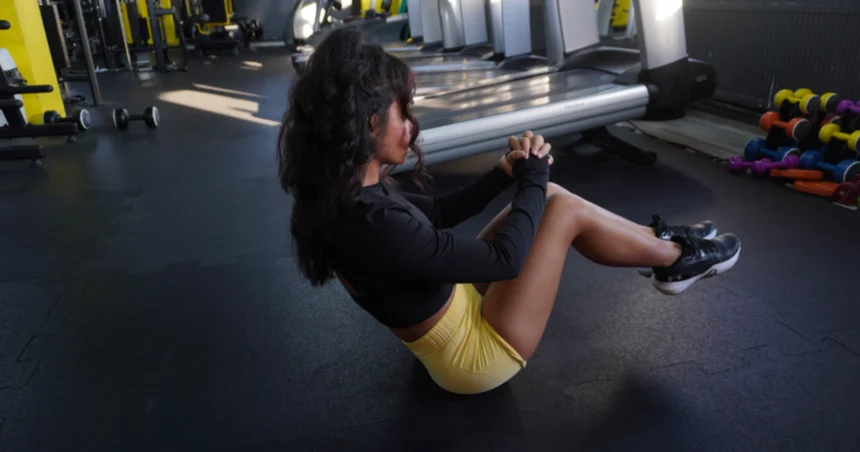The crunch: a foundational core exercise. But in the expansive world of fitness, there’s always room for advancement. Meet the weighted crunch. A modification that dials up the classic crunch’s intensity, it garners attention from seasoned trainers and novices alike. Why? It’s simple. Integrating weights amplifies muscle activation. Strength development surges. Every repetition pushes the boundaries of what traditional crunches offer. Whether you’re at the onset of your fitness odyssey or deep into your journey, the weighted crunch beckons. Ready to redefine that midsection? Let’s dive in.
How to Perform Weighted Crunches
Mastering the weighted crunch is a process. It’s a step up from the traditional crunch, bringing with it heightened benefits. For those ready to challenge themselves and experience transformative core results, here’s your step-by-step guide:
Setup:
- Start by finding a comfortable space on the floor—maybe on a fitness mat for extra cushioning.
- Lie down on your back, ensuring your spine is aligned and relaxed.
- Plant your feet flat on the ground, knees bent at a 90-degree angle.
- Grasp your chosen weight—be it a dumbbell, weight plate, or even a medicine ball—and securely hold it against your chest.
Movement:
- Breathe deeply. As you exhale, engage your core muscles.
- Initiate the crunch by lifting your shoulders and upper back off the ground, directing them towards your knees. Ensure your lower back remains in contact with the floor.
- At the peak of the movement, hold. Feel the burn as your abdominals contract.
- Slowly and with control, inhale and return to the starting position.
Repetition:
- Quality over quantity is the mantra. Focus on maintaining form over speeding through repetitions.
- Aim for a smooth, controlled motion for each crunch.
- Execute for a desired count, but remember, it’s not about hitting high numbers; it’s about ensuring each crunch is performed with precision and purpose.
The weighted crunch is a journey of progression. Whether you’re starting with light weights or pushing your limits, consistency and correct form are key. Take it one crunch at a time, and soon, you’ll witness the evolution of your core strength and definition.
Benefits of Weighted Crunches
Increased Effectiveness: Weighted crunches provide greater muscle activation throughout the movement compared to regular crunches without added resistance. The extra load forces the abdominal muscles, including the rectus abdominis, transverse abdominis, and obliques, to work harder on each rep. This leads to increased strength development and definition in the core region. Research shows weighted crunches elicit higher electromyography (EMG) activity in the rectus abdominis muscles than crunches alone.
Core Strength: Incorporating resistance during crunches is an excellent way to build exceptional core stability and muscular endurance. The constant tension maintained while lifting and lowering the weight significantly strengthens the entire core complex. This includes the abdominal muscles, lower back muscles, obliques, and stabilizing muscles. A strong, stable core is vital for injury prevention, proper posture, and transferring power during compound exercises.
Muscle Development: Weighted crunches target the rectus abdominis muscles which run vertically along the abdominal area. Over time, performing reps with added resistance will aid in sculpting, toning, and strengthening the rectus abdominis. This can enhance the appearance of the abdominals. Since the weight provides constant tension, you can expect greater muscle growth compared to bodyweight crunches alone. The obliques also receive secondary stimulation.
Muscles Worked
Rectus Abdominis: The rectus abdominis is the long, flat muscle that runs vertically along the front of the abdominal wall. It is comprised of two parallel muscle bands separated by a central tendon. The rectus abdominis originates at the pubic crest and inserts into the cartilage of the 5th, 6th, and 7th ribs. It acts to flex the spinal column during the lifting phase of weighted crunches, bringing the torso upwards. This muscle receives the brunt of the work during the exercise.
Obliques: The internal and external oblique muscles span the sides of the abdominal area. They originate along the ribs and insert into the abdominals’ aponeuroses. The obliques function to flex and rotate the trunk. During weighted crunches, they contract isometrically to stabilize and prevent lateral flexion of the torso. They also assist the rectus abdominis during the upward lifting motion.
Common Mistakes and How to Avoid Them
Weight Issues: Choosing too heavy or too light of a weight can hinder results. Select a challenging yet manageable load that allows you to complete all reps while maintaining proper form. Start conservative and progressively increase the resistance. Avoid weights that cause excessive strain or compromise technique.
Range of Motion: Ensure you fully contract your abdominals during each rep’s lifting phase. Crunch up as far as is comfortable without pulling on your neck. Don’t cut the movement short. Conversely, don’t overextend at the top either. Control the full range of motion on each rep.
Resting Points: Avoid resting or relaxing at the bottom between reps as this reduces tension on the abdominals. Keep constant tension by pausing just briefly at the bottom then smoothly continuing to the next crunches rep.
Core Engagement: Your core muscles must remain engaged throughout the entire set – don’t allow them to relax between reps. Maintain a strong abdominal brace, drawing in the navel toward the spine to keep core activation constant. This maximizes results.
Variations of Weighted Crunches
Twist Crunches: Add a twisting motion on each crunch to better engage the obliques. As you lift, rotate your torso to bring the left elbow towards the right knee then alternate sides. Twisting during the contraction intensifies oblique and ab activation.
Incline Weighted Crunches: Perform crunches on an incline bench set to 30-45 degrees. This places greater emphasis on the upper portion of the rectus abdominis. Lie back on the bench and perform crunches as normal while holding weight.
Decline Weighted Crunches: Use a decline bench angled 15-30 degrees down to target the lower rectus abdominis to a greater extent. The downward angle increases the challenge. Follow the same setup and form as standard weighted crunches.
Straight Leg Weighted Crunches: Lie back with legs straight out in front of you rather than bent. Keep legs extended throughout the set to increase resistance and range of motion. This engages both the upper and lower abs thoroughly.
Cable/Machine Weighted Crunches: Attach a rope handle to a cable station or leverage machine and grasp it behind your head. Crunch upwards pulling the rope down across your body to perform crunches against cable/machine resistance. Vary resistance as desired.
Experiment with these variations to spice up your weighted crunches routine. Shifting focus between the upper and lower abs, obliques and central abs will provide complete core stimulation over time.
FAQs about Weighted Crunches
Reps and Sets: For most exercisers, aim for 2-4 sets of weighted crunches consisting of 10-15 repetitions per set. More advanced athletes can perform up to 4 sets of 12-20 reps. Allow 30-60 seconds rest between sets. Work up to higher rep ranges gradually.
Primary Goal: The main objectives when performing weighted crunches are strengthening the abdominal muscles, enhancing core stability, and improving the muscular definition of the abdominals. The exercise stimulates growth and progressive overload of the rectus abdominis.
Avoidance: Those with pre-existing back injuries, herniations or fragility should avoid weighted crunches. The resistance places considerable loading on the lumbar spine which may aggravate conditions. Beginners new to core training should master bodyweight crunches first. Individuals rehabilitating an abdominal injury should also refrain until fully healed. Otherwise, weighted crunches are appropriate for most trainees when performed correctly.
Final Thoughts
Weighted crunches are clearly one of the most effective abdominal exercises for enhancing core strength, stability and muscle development. The addition of resistance takes regular crunches to the next level by increasing tension and activation of the rectus abdominis and obliques. When performed correctly, weighted crunches are appropriate for trainees of all fitness levels looking to take their ab workouts up a notch. Whether your goal is six-pack abs or developing a stronger, sturdier core, incorporating weighted crunches using proper form and suitable challenging resistance can get you there faster. With all the technique, variation and benefit information provided, you are now equipped to add weighted crunches to your routine and crunch your way toward a stronger, more defined midsection.









